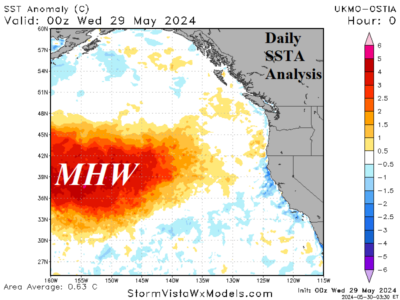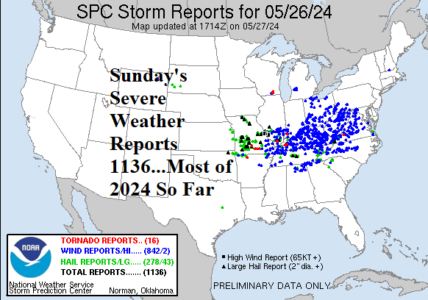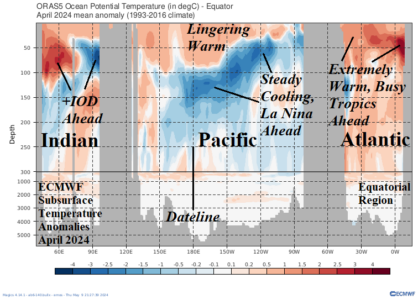05/30/2024, 8:41 am EDT
During the past 30 days, a semi-permanent marine heat wave located northeast of Hawaii has strengthened sharply and is edging eastward. An eastward shift to the North America West Coast would promote widespread anomalous heat and dryness causing drought. This type of eastern surge is not likely during La Nina. However, close monitoring warranted into early summer 2024!
![Climate-Impact-Company-logo-sm[1]](https://climateimpactcompany.com/wp-content/uploads/2023/08/Climate-Impact-Company-logo-sm1.png)



